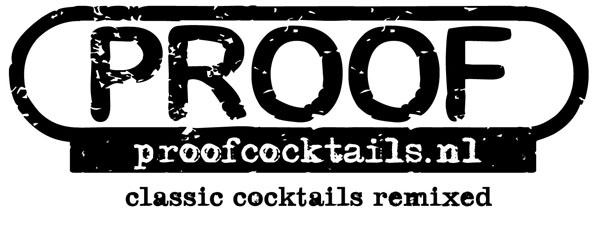
Monkey Shoulder – a mixin’ malt for the masses?
As a quick primer on Scottish whisky (usually refered to as “Scotch”) for those who need it – the rest of you can skip on to the next paragraph – there are two main types; Single malt whisky is the real deal made in a time honoured fashion from malted barley which is fermented in wooden vats before being distilled in copper pot stills and then aged for many years in used oak barrels. “Single” meaning that it is made in one distillery – although the contents of different barrels are usually mixed – and “malt” meaning the whisky is only made from malted barley, unlike American and Canadian whiskies which use a mixture of cereals. Blended Scotch is a combination of single malt whisky, often from different distilleries, which is then mixed with what is called “grain whisky” which is a column still distillate (think “vodka” here). At the risk of over-simplification single malt is usually sipped and blended scotch is usually mixed with something fizzy. But where does that leave us cocktailistas?
Single malt whisky is a bit pricey to be mixing with but often we require something with a bit more character and class than a blended Scotch. I often recommend using mid-price spirits for mixing but in the case of Scotch the mid-range is a bit of a desert between the cheaper blends and the more expensive single malts. Apart from a few boosted blends such as Johnnie Walker Black Label and some young single malts such as Finlaggan* there’s just not much there. Enter a slightly unusual whisky called Monkey Shoulder which, around these parts, comes in at around €25 for a 700ml bottle and is, as it happens, none of the above. Monkey Shoulder is a blend of three single malt whiskies – so no “vodka” in there at all – from the William Grant & Sons owned distilleries, Glenfiddich, Balvenie and Kininvie. The first two are very well known single malt producers in their own right and the latter a distiller which mostly produces malt whisky for making blends. All are Speyside distilleries which produce unpeated whisky of a light and approachable style. This is a sort of hybrid whisky that is known as a vatted malt or a blended malt and is labelled as the latter. We’ve got some pretty good providence here so let’s see if this cheeky monkey fits our needs.
Monkey Shoulder comes in a surprisingly classy package for such a reasonably priced product. The simple squat bottle has three brassy monkeys sunk into the glass on the bottle’s shoulder and a nice wide natural cork with a wooden top which also has the monkey logo routed into it. I’ve seen worse corks on bottles three time the price of this one. A look on the bottom of the bottle shows, OK you’ve guessed already, more monkeys. With three more on the label that makes a total of 12 monkeys – I suspect someone is attempting a secret joke here. The labeling is refreshingly non-traditional but still rather elegant and includes some text explaining that the whisky’s name is derived from a repetitive strain injury formerly suffered by whisky distillers. The only thing I don’t like about the presentation is the rather meaningless “batch 27” statement that smacks of trying to add small batch cachet to a mainstream product. At the price we shouldn’t be surprised that there is no age statement and that it is bottled at 40% abv. I would expect that it’s also chill filtered and has some added colouring. Indeed I don’t see how Monkey Shoulder’s pleasant light copper hue would be achieved otherwise given that this must be a fairly young whisky. Sniffing the spirit reveals a nice floral sweetness with a hint of damp hay bale (oh, shit – I said I wouldn’t do this). Once sipped it’s honey, honey, honey, then a dry woody finish. The two main notes cancel each other out enough to prevent the overall profile from being too sweet. Despite its minimum legal alcohol content it doesn’t come over too watery and retains a slightly oily mouth-feel. Given how smooth it is I’m wondering if it’s had a little longer in the barrel than I expected. It’s simple to be sure, but really pretty damn decent for the price. Now remember, this is for mixing so we don’t need a lot of complexity that would be overpowered by other ingredients. We’re looking for a base flavour that can express itself in a cocktail and in that sense Monkey Shoulder fits the bill pretty well. It’s probably a bit sweet and one-dimensional for real malt-heads but it’ll fit our purposes perfectly well. Testing in a few cocktails such as a Penicillin and a Rob Roy totally confirms those expectations.
For mixing Monkey Shoulder scores a straight:
A
And becomes my mixing Scotch of choice, with the quality/price ratio being a significant factor. As a sipping malt this would only be a B- due to the lack of complexity.
*Finlaggan is my go-to smoky Islay mixing whisky.


